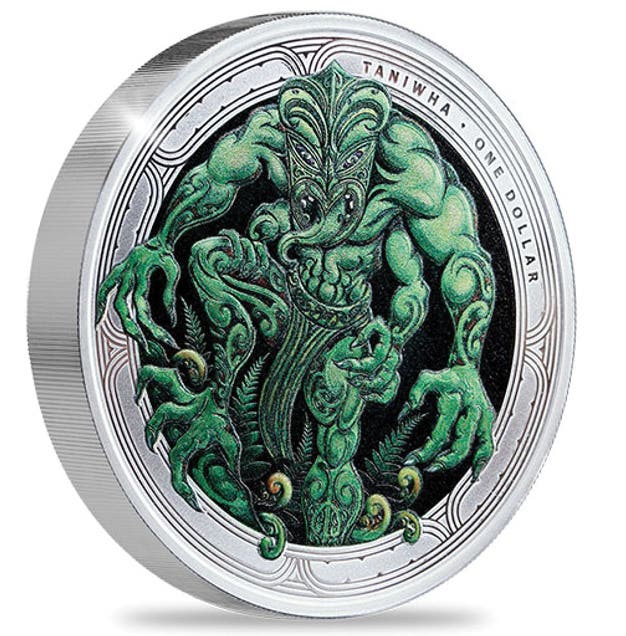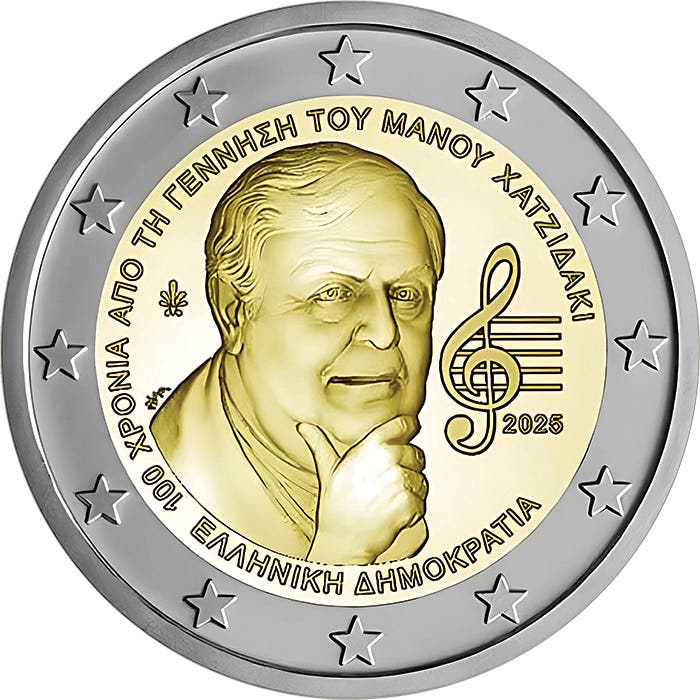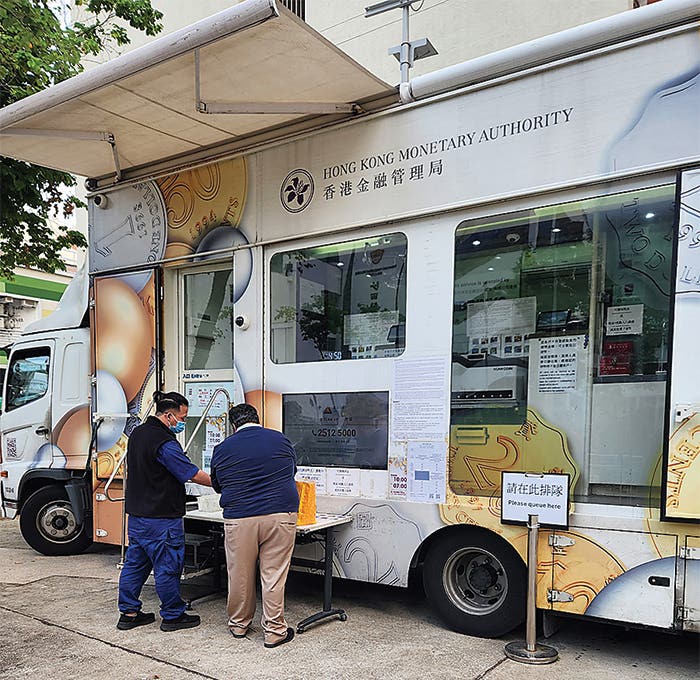Pakistan works on currency problems
By Richard Giedroyc The Finance Department of the Bank of Pakistan, Pakistan’s central bank, announced March 31 that all banking businesses should stop re-issuing older design 10- and 100-rupee bank…
By Richard Giedroyc
The Finance Department of the Bank of Pakistan, Pakistan’s central bank, announced March 31 that all banking businesses should stop re-issuing older design 10- and 100-rupee bank notes.
According to the March 31 The News Teller newspaper, “These bank notes in circulation will remain legal tender till further order. SBP [Bank of Pakistan] directs the commercial and micro-finance banks to accept these bank notes from [the] public by exchanging the same with bank notes of new designs and coins of all denominations.”
Both the coins and bank notes of Pakistan have been in a state of change for some time. The central bank’s description of coins ‘of all denominations’ leaves much to be desired. The 1-rupee coin is now the lowest denomination legal tender coin.
When modern Pakistan was established in 1948 coins were issued in denominations of 1 pice; half, 1, and 2 annas; and quarter, half, and 1 rupee. The 1-pie denomination was added three years later.
During 1961 1-, 5-, and 10-pice coins were issued, followed later in the year by coins in 1-, 5-, and 10-paise denominations. Two years later 10- and 25-paise coins were introduced, with a 2 paise being released during 1964. The 1-rupee coin was re-introduced in 1979. A 2-rupee coin followed in 1998, with a 5-rupee first appearing in 2002, each of these replacing a bank note of the same denomination.
Adding to the confusion, production of the 2-paise coin ceased in 1976, followed by the 1 paisa three years later. Minting of the 5, 10, 25, and 50 paise ceased in 1996. All paisa denominated coins ceased to be legal tender in 2013.
As a cost saving measure the 1- and 2-rupee coins were changed to an aluminum composition in 2007.
The recent central bank directive advised all “commercial and micro-finance banks” to exchange the old bank notes for those with the newer designs or for legal tender coins. The older notes are to be shipped “in suitable lots” to the SBP Banking Services Corporation.
Pakistan’s bank notes have gone through the same confusion of denominations and changes as have the coins. The rupee had been fixed on par with the British pound until 1982 when General Zia-ul-Haq’s government allowed the rupee to float. Within a year the rupee was devalued by 38.5 percent, with the cost of imports soaring.
The state bank began issuing bank notes in 1953, but the government continued to issue the 1-rupee denomination until the 1980s. In 1957 the 50-rupee denomination was first introduced, followed by the 500-rupee bank note in 1986, and the 1,000-rupee note in 1987. The 5,000-rupee note first appeared n 2006, with the interim denomination 20-rupee note being issued beginning a year earlier.
The new notes the central bank hopes to push quickly into circulation include enhanced security features that have been gradually phased in on all bank notes beginning in 2006. There has been confusion regarding what is legal tender ever since.
The older design 500-rupee note was withdrawn and demonetized on Oct. 1, 2012. Re-issuance of the older 50- and 1,000-rupee notes was stopped beginning November 1, 2013. Now it is the older 10- and 100-rupee bank notes whose re-issuance is being stopped.









